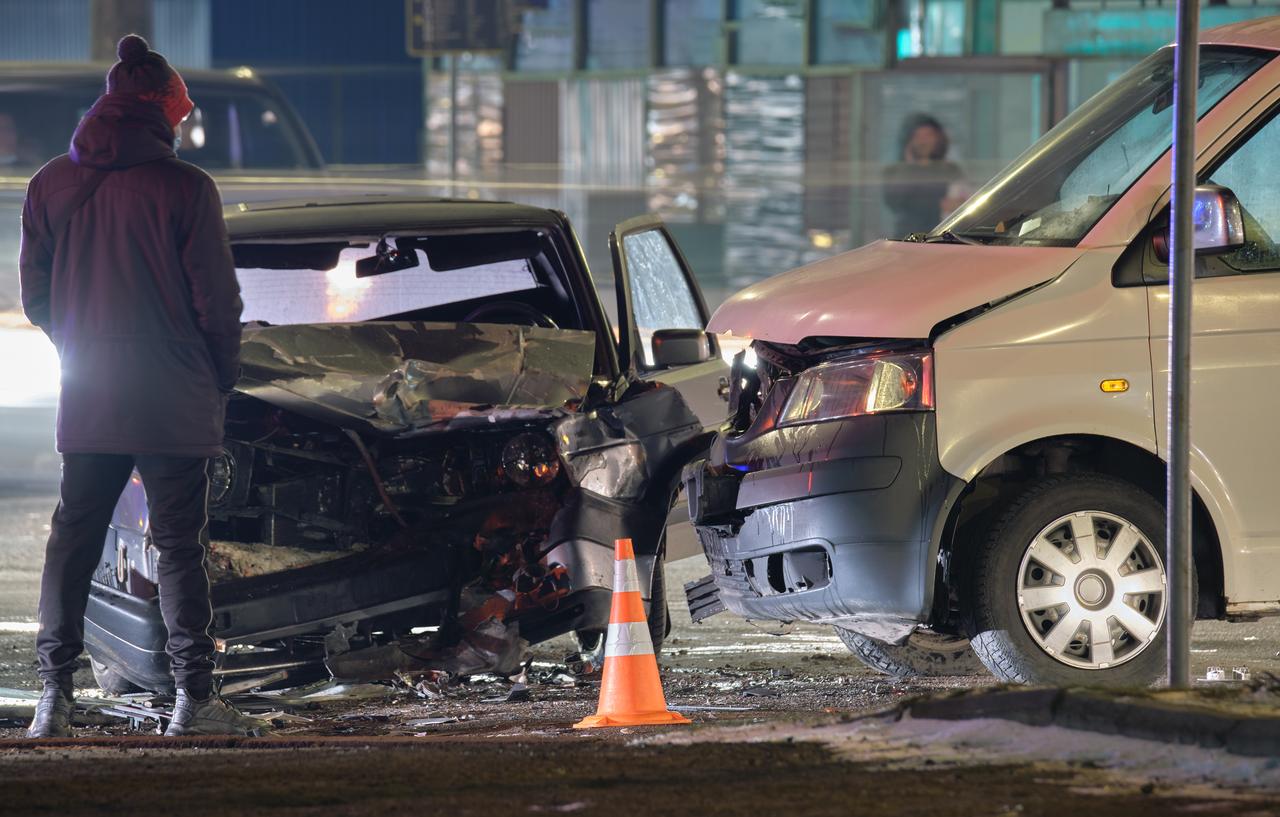
According to data from the United Nations Environment Programme (UNEP), road traffic accidents claim around 1.2 million lives each year and injure nearly 50 million people, making them one of the leading causes of death and permanent disability worldwide.
As the global number of vehicles and the need for transportation continue to rise, managing road traffic has become increasingly complex.
Neglecting basic precautions such as avoiding speeding, refraining from driving under the influence, wearing seatbelts, using child protection systems, and wearing helmets and protective gear on two- and three-wheeled vehicles significantly increases the risk of fatal accidents.
To draw attention to traffic-related challenges and solutions, May is marked as Global Road Safety and Traffic Week.
The World Health Organization's (WHO) 2023 report based on data from 170 countries reveals that 9 out of every 10 traffic-related deaths occur in low- and middle-income countries.
Southeast Asia leads the world in road crash fatalities, accounting for 28% of all global traffic deaths, followed by the Western Pacific region with 25% and Africa with 19%.
Some countries, however, have achieved remarkable progress. Nations such as Russia, Japan, Denmark, Lithuania, Norway, Belarus, Trinidad and Tobago, Brunei, the United Arab Emirates (UAE), and Venezuela have halved their road traffic deaths compared to 2010 levels.
In 2020, the UN General Assembly set a target to reduce global road deaths by 50% by the end of 2030.
India, the world’s most populous country, recorded more than 480,000 traffic accidents in 2023, resulting in over 170,000 fatalities, according to The Indian Express.
Road safety depends on multiple factors, including infrastructure quality, regular vehicle maintenance, and public awareness. When these are neglected, the risk of death or serious injury significantly increases.
According to WHO, as of 2022:
Notably, drivers of motorcycles and scooters make up 30% of all traffic fatalities globally. The use of helmets and other protective equipment can dramatically reduce these numbers.
To tackle congestion and improve road safety, many countries are now turning to artificial intelligence (AI) alongside traditional methods like traffic police and speed cameras.
In megacities facing chronic traffic issues, AI is increasingly used to analyze footage from street cameras and leverage user data for smart traffic management.
In the UAE, Dubai's Roads and Transport Authority (RTA) reported that using AI in traffic light systems has reduced waiting times and improved flow.
However, this digital transformation comes with concerns. In the Netherlands, a proposed AI system in Amsterdam—which would have used mobile phone data to predict congestion—was scrapped due to cybersecurity and privacy risks, as reported by The Times.